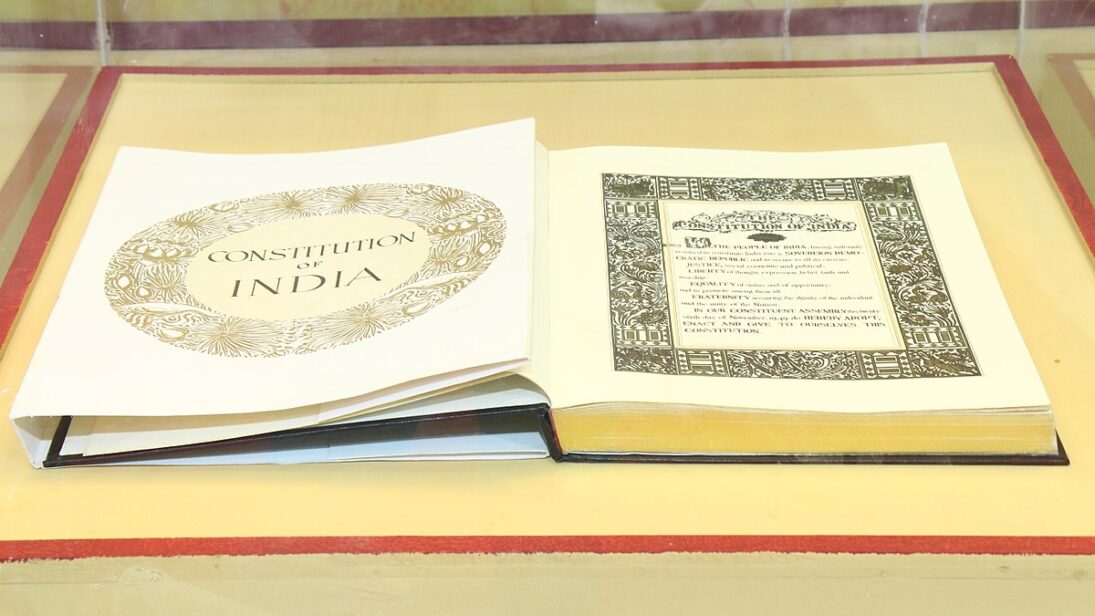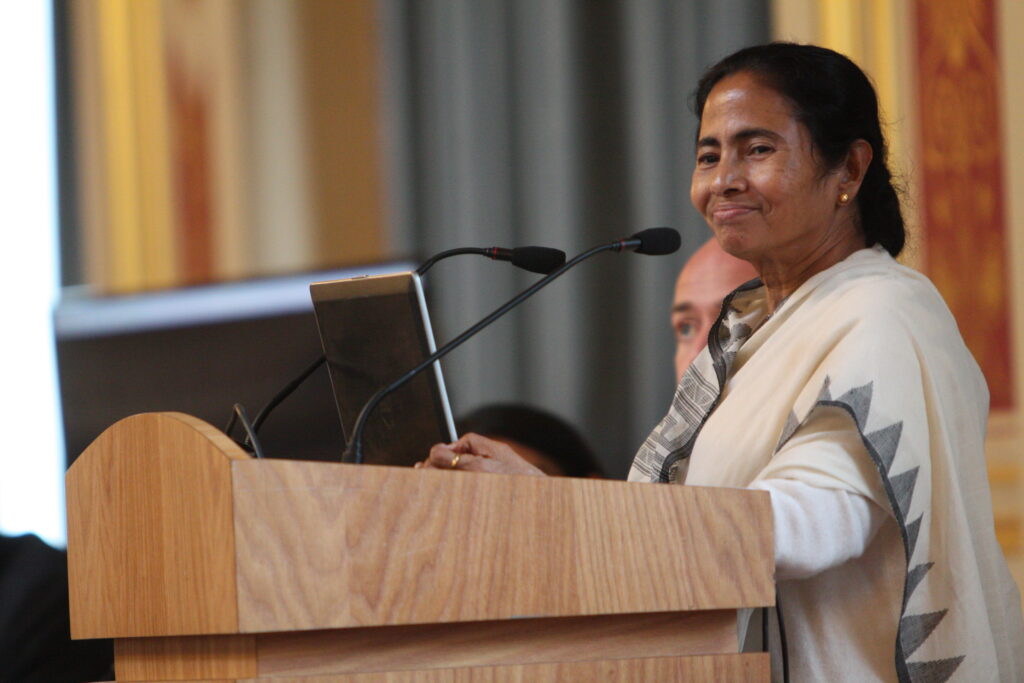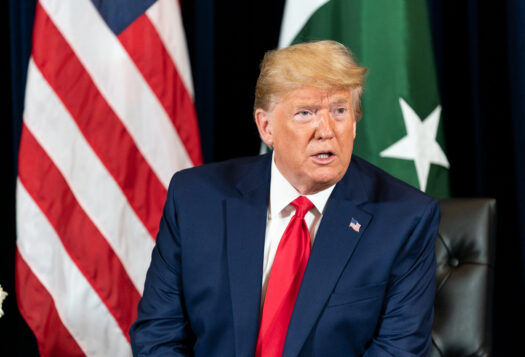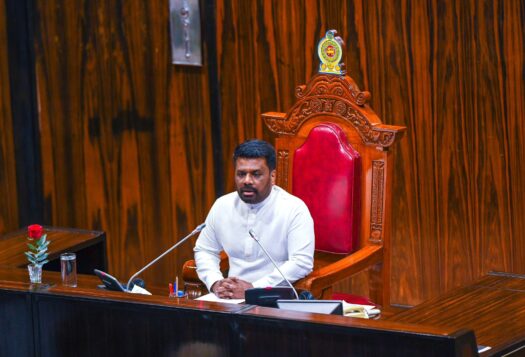
Under the Indian constitution, India’s foreign affairs and diplomacy fall wholly within the central government’s power. From New Delhi, polices are drafted and laws are enacted to define the country’s interaction with the outside world. However, in recent years, sub-national governments have increased their footprint in carving India’s foreign policy. While the states’ role is not envisioned in the constitution, over the past three decades, state governments have emerged as important players, particularly on the country’s periphery. As various regional governments in India, including those of West Bengal and Assam, reach out directly to foreign investors and foreign governments, greater attention on sub-national ventures is needed to understand India’s foreign policy outlook, particularly through the country’s Neighborhood First policy.
While the states’ role is not envisioned in the constitution, over the past three decades, state governments have emerged as important players, particularly on the country’s periphery.
India’s presidency of the G20 since December 2022 is an excellent example of states and state governments playing a role in a country’s foreign policy. As president, India has hosted and will host several meetings outside the capital, from Punjab to Goa, highlighting not only state and central governments working together but also the role of state governments in shaping and conducting foreign policy. This practice of paradiplomacy is likely to continue.
State governments began to assert their role in Indian foreign policy after India’s economic liberalization in the 1990s. The reforms of 1990s liberalized India’s economy, where chief ministers became ‘entrepreneurs’ cum ‘marquee players.’ The advent of coalition politics led to the formation of multiparty configurations with federal coalitions, thereby drastically changing the overall nature and functioning of Indian federalism and opening opportunities for state-directed foreign investments. Due to these changes, de facto regional government ventures, including in Assam and West Bengal, have variously influenced the conduct of Indian foreign policy.
De Jure versus De Facto Foreign Policy
From 1947 under Nehru’s government until the 1990s, Indian foreign policy was centralized, with neither the de jure nor the de facto role endowed to regional governments. Constitutional provisions such as Article 246—Seventh Schedule (List I) on Center–State relations—placed the ‘defense of India’ and ‘foreign affairs’, including ‘all matters which bring the Union into relation with any foreign country’ and other such related activities under what came to be called the ‘Union List.’ Notwithstanding, some state governments occasionally objected to the center’s foreign policy making. State parties such as Dravida Munnetra Kazhagam in Tamil Nadu in 1971 criticized the union government for not accommodating the voices of states that would be impacted by foreign policy decisions. Similarly, northeastern state governments like Nagaland have consistently expressed grievances to the center on issues concerning their states, such as the border demarcation with the then-Burma in 1967.
After the 1990s, remarkable changes in Indian federalism enabled regional governments to influence foreign policy matters. From 1989 to 2009, eight coalition governments were formed, leading to a political scenario where small state parties acquired disproportionate influence, thereby gaining influence in foreign policy making. Tamil Nadu political parties markedly influencing government policies on Sri Lanka and Kerala state politics causing diplomatic issues between India and Italy in 2012 are two such examples.
The Case of West Bengal and Assam
Along India’s northeast region, government in West Bengal and Assam have actively initiated diplomatic engagement. With the aid of the federal government, both state government have set up border haats (or trading posts) to boost the local economy, establish cultural and educational exchanges, and hold various meetings with foreign officials to deepen engagement on connectivity, trade, and commerce. Due to their geo-strategic advantage, West Bengal and Assam are better positioned to leverage the benefits of various connectivity projects that India is part of and engage in trade activities with neighboring countries such as Nepal, Bhutan, and Bangladesh but also with countries like Myanmar and Thailand.

Along with this, both states have taken several steps to project themselves as investment destinations by organizing annual investment summits, foreign visits, and signing of trade agreements with foreign countries. In May 2022, the Chief Minister of Assam Himanta Biswa Sarma met the Bangladeshi Foreign Minister AK Momen, and in the past as well, has made a number of official visits to various countries including Canada, Italy, Sri Lanka, the United States, and China. Similarly, West Bengal’s Chief Minister Mamata Banerjee has also made a number of foreign visits. Since 2015, under the banner ‘Bengal means Business’, West Bengal has organized an annual business summit for both domestic and foreign business leaders and has received over $342 billion in investment proposals from 42 countries across the world.
The twin developments of financial liberalization and the rise of the coalition era not only opened up new vistas in the Indian state but occasionally hobbled New Delhi, which is clearly reflected in the government’s policy drift. For instance, West Bengal’s Mamata Banerjee strongly objected to the Teesta water sharing treaty, claiming that the agreement would not benefit farmers. Furthermore, governments in Northeast India as well as West Bengal’s CM have spoken out against New Delhi’s handling of the Rohingya refugee crisis and the Citizenship Amendment Act (CAA) and the National Registry of Citizens (NRC). Criticisms by Northeast states and West Bengal have put India in awkward situations and will certainly reach its neighboring countries too, to which India may not remain impervious.
Key Challenges and Lessons
The practice of paradiplomacy in India can be controversial since inconsistencies between the states and center have undermined the coherence of central foreign policy conduct. Regional governments have criticized New Delhi for its reluctance to support states’ diplomatic engagements and outreach activities, and in some cases, its denial of permission to state governments to go abroad for paradiplomacy. Furthermore, shifting investments projects from one state to another received back lash particularly amongst non-BJP ruled states including West Bengal regarding the central government’s impartiality and the likelihood of coordination between the center and states that would have allowed them to fully take advantage of FDI opportunities.
The practice of paradiplomacy in India can be controversial since inconsistencies between the states and center have undermined the coherence of central foreign policy conduct.
Regardless, paradiplomacy in India is a growing phenomenon. The present ruling government has taken some positive steps to institutionalize paradiplomacy through the creation of the Ministry of External Affairs (MEA) states’ division in 2015. Along with this, existing institutions such as the National Development Council and the Inter-State Council should be reinvigorated along with the Modi idea of ‘cooperative federalism’ to promote cooperation and harmony between the center and state governments irrespective of party affiliation.
There is huge scope for improvement in functional synergy between the Ministry of External Affairs and various states governments for the advocacy of paradiplomacy. Efforts should be made by the center for more holistic and structural transformation rather than just relying on ad hoc and functionalist policies when it comes to the question of accommodating the multitude of voice and views of various state stakeholders. Simultaneously, concerned states should focus on adopting realistic, action-oriented steps as they are challenged to be more self-reliant. By addressing the above mentioned areas, both the center and states can find a win–win situation.
Also Read: How Regional Parties like the AITC can Challenge the BJP
***
Image 1: Constitution of India via Wikimedia Commons
Image 2: Mamata Banerjee via Flickr


